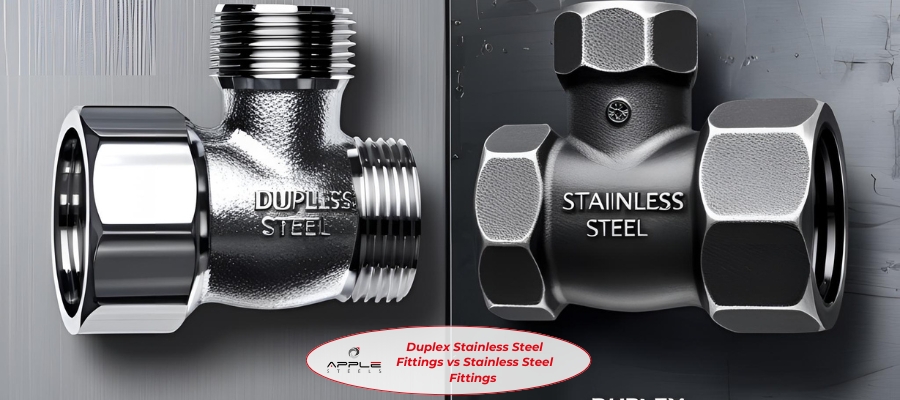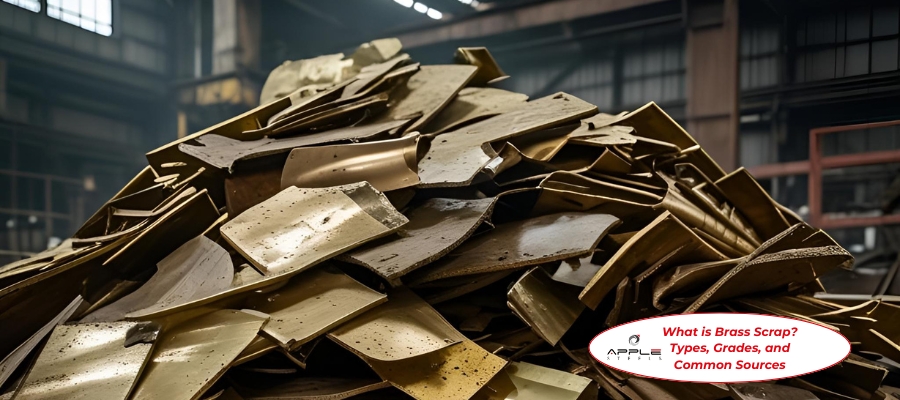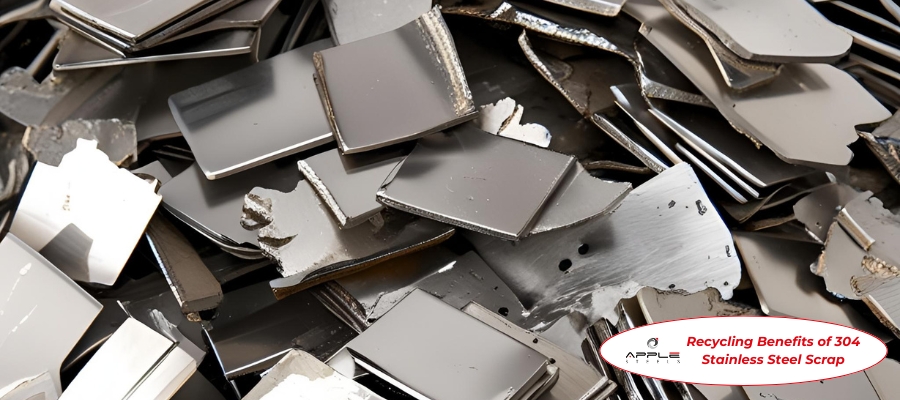In industries where pipes and fittings are constantly exposed to aggressive chemicals, seawater, or high humidity, choosing the right material becomes crucial. The two most common materials considered in such environments are stainless steel fittings and duplex stainless steel fittings. Each offers unique advantages in terms of corrosion resistance, strength, cost, and durability. In this blog, we’ll compare these two materials to help you choose the most suitable one for your application.
What Are Stainless Steel Fittings?
Stainless steel fittings are made from austenitic stainless steels such as 304 or 316 grades. These alloys contain chromium and nickel, making them highly resistant to rust, oxidation, and mild chemical attacks. Stainless steel fittings are widely used in:
- Water treatment plants
- Food processing units
- Chemical and pharmaceutical industries
- Plumbing systems
Among them, SS 316 fittings are preferred in corrosive environments due to the presence of molybdenum, which enhances resistance to chlorides and acidic conditions.
What Are Duplex Stainless Steel Fittings?
Duplex stainless steel fittings contain a mix of austenitic and ferritic microstructures. The most commonly used duplex grades are UNS S31803 (Duplex 2205) and UNS S32205. They offer:
- Higher yield strength (up to twice that of 304/316)
- Improved resistance to pitting, crevice corrosion, and stress corrosion cracking
- Better performance in chloride-rich and acidic environments
Duplex fittings are ideal for:
- Offshore oil and gas pipelines
- Desalination plants
- Chemical tankers
- Pulp and paper industries
Key Comparison: Stainless Steel vs Duplex Stainless Steel Fittings
Let’s compare both materials based on various essential factors for corrosive environments.
1. Corrosion Resistance
- Stainless Steel (316): Offers excellent resistance in mildly corrosive settings like food plants or indoor plumbing. However, in highly saline or acidic environments, 316 may suffer from pitting and crevice corrosion.
- Duplex Stainless Steel: Superior corrosion resistance, especially against chloride-induced stress corrosion cracking. Duplex 2205 handles brine, seawater, and aggressive acids better than 316.
2. Mechanical Strength
- Stainless Steel: Has good tensile and yield strength, making it suitable for moderate-pressure applications.
- Duplex Steel: Offers nearly twice the yield strength compared to standard austenitic stainless steel. This allows the use of thinner walls and lighter components without compromising strength.
3. Temperature Resistance
- Stainless Steel (316): Performs well in high temperatures (up to 870°C), but prolonged exposure may cause scaling.
- Duplex Steel: Typically resists up to 250°C effectively. At higher temperatures, the ferritic phase may become unstable, reducing toughness.
4. Cost Factor
- Stainless Steel: Cheaper and more readily available. SS 304 is the most affordable; SS 316 is moderately priced.
- Duplex Steel: More expensive due to its alloy composition and manufacturing process. However, its superior strength allows using less material, which can reduce long-term costs.
5. Weldability & Fabrication
- Stainless Steel: Easier to weld and fabricate. Standard tools and techniques work fine.
- Duplex Steel: Requires more skill and specific welding practices to avoid phase imbalance, but it is still weldable.
6. Applications in Corrosive Environments
| Application | Stainless Steel Fittings | Duplex Stainless Steel Fittings |
|---|---|---|
| Coastal Buildings | Moderate suitability | Excellent |
| Marine Environments | Moderate (only 316) | Excellent |
| Desalination Plants | Not ideal | Excellent |
| Oil & Gas Pipelines | Suitable (short term) | Highly suitable |
| Food & Beverage Processing | Excellent | Suitable |
When to Choose Stainless Steel Fittings
- Indoor or mildly corrosive environments
- Food-grade or pharmaceutical systems
- Budget-constrained projects
- Applications not exposed to high chlorides
When to Choose Duplex Stainless Steel Fittings
- Marine or offshore industries
- Oil & gas, petrochemical sectors
- Highly corrosive or acidic environments
- Applications demanding higher mechanical strength
Final Thoughts
When selecting fittings for corrosive environments, material choice is critical. Stainless steel fittings, especially 316 grade, work well in general industrial and food processing applications. But when you’re dealing with seawater, brine, or harsh chemicals, duplex stainless steel fittings provide unmatched strength and corrosion resistance.
Though duplex fittings may cost more initially, they reduce maintenance, replacement, and system failure risks making them a wise investment for long-term performance.




